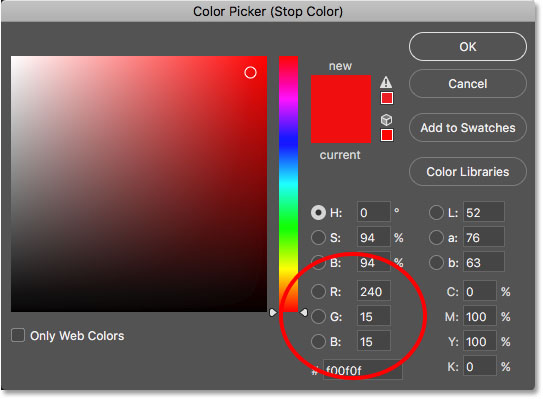
Qualitative paletteĪ qualitative palette is used when the variable is categorical in nature. The type of color palette that you use in a visualization depends on the nature of the data mapped to color. Three major types of color palette exist for data visualization: In this article, we will describe the types of color palette that are used in data visualization, provide some general tips and best practices when working with color, and highlight a few tools to generate and test color palettes for your own chart creation. A good set of colors will highlight the story you want the data to tell, while a poor one will hide or distract from a visualization’s purpose.
COLORPICKER RED GENERATOR
Our random color generator will output the randomly chosen color in all three systems, for your convenience.(This article was originally published on Nightingale, journal of the Data Visualization Society.)Ĭhoice of color is a major factor in creating effective charts. Roughly speaking, hue refers to the part of the light spectrum (0-360°), saturation to its intensity (0-1, 0-100%), and lightness to its brightness (0-1, 0-100%).
COLORPICKER RED CODE
For example, the HEX code for the color black is #000000 while the HEX code for a color in the purple range is #8f0f8d.

If using the random color wheel to generate distinct unique colors i.e. For example, to pick two random colors, enter "2". If you want to pick more than one colour simply enter the number required in the first field. The output is the color, visualized, and its unique code in HEX, RGB and HSL.
COLORPICKER RED SOFTWARE
Our software uses a strong random number generator to produce the values of red, green, and blue that comprise each color.

Press the "Pick a Random Color" button if you want the random color generator to produce another color for you. To randomly generate a color simply load this page.

How many colors does the random color picker choose from?.


 0 kommentar(er)
0 kommentar(er)
